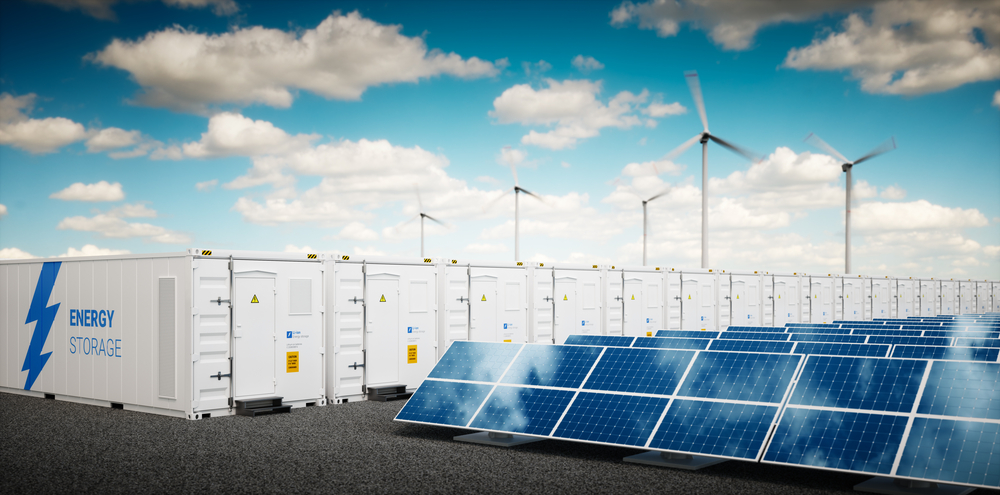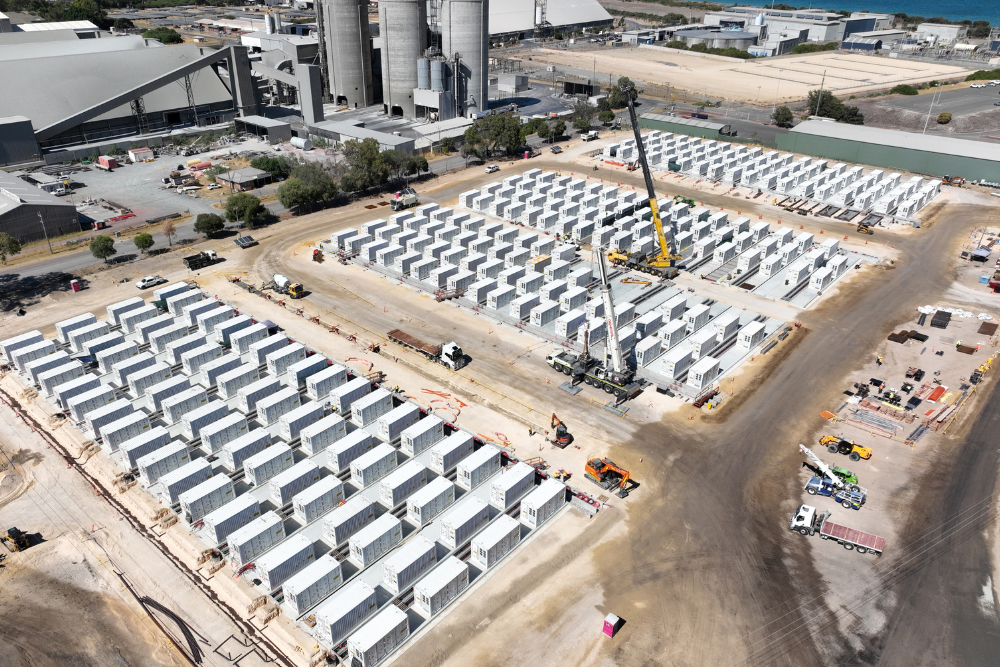
The Victorian Labor Government will introduce the biggest energy storage targets in Australia – driving down power bills, creating thousands of jobs and boosting renewable energy investment across Victoria.
Premier Daniel Andrews and Minister for Energy Lily D’Ambrosio announced the nation-leading targets alongside a $157 million package supporting renewable energy generation and storage projects across the state.
Victoria will reach a massive 2.6 gigawatts (GW) of renewable energy storage capacity by 2030, with an increased target of 6.3 GW of storage by 2035 – that’s enough renewable energy to power around half of Victoria’s current homes at their peak energy use.
The targets are expected to secure 12,700 jobs and $1.7 billion in investment from 2023 to 2035. Storage is vital to soak up solar and wind generation when it’s abundant and then feed that energy back into the grid when it’s needed.
To support these targets, the Labor Government is investing $119 million from the $540 million Renewable Energy Zone Fund in a 125MW big battery and grid forming inverter in the Murray Renewable Energy Zone, between Bendigo and Red Cliffs.
This modern battery technology will help implement the storage targets and stabilise the grid to allow for a smooth transition to clean energy.
Continuing its drive to a renewable energy target of 50 per cent by 2030, the Government also announced $38.2 million from the Energy Innovation Fund (EIF) will go to four projects using new technology to generate and store clean energy.
The latest EIF round will provide $7 million for a 100MW battery and inverter in Terang, as well as $19.3 million for two bioenergy projects at farms in Gippsland and Barwon.
Yarra Valley Water will receive $11.9 million to install an electrolyser to make renewable hydrogen using recycled water in Wollert.
The EIF directly supports the commercialisation of emerging renewable energy technologies.
These projects unlock more than $160 million of commercial investment, build local knowledge and deliver 150 jobs.
Victoria’s new storage targets include both short and long-duration energy storage systems – which can hold more than eight hours of energy – including batteries, hydroelectricity and hydrogen technologies.
Victoria is already the battery capital of Australia and home to the largest battery in the Southern Hemisphere – the Victorian Big Battery – a 300 MW battery just outside Geelong.
Community batteries are also popping up across the state, backed by $11 million for the Neighbourhood Battery Initiative, and the Government’s $1.3 billion Solar Homes program has already helped almost 10,000 Victorian households install a battery.
The new storage targets and clean energy projects are supporting Victoria’s nation-leading action to combat climate change and drive down power prices, including the legislated renewable energy target of 50 per cent by 2030, the goal to reduce emissions by 50 per cent by the same year and reach net zero by 2050.
Environment Victoria chief executive Jono La Nauze welcomed the Victorian government’s announcement, describing it as an yet another example of Victoria leading the development of national energy policy.
He said: “Energy storage is one of the crucial missing pieces in Australia’s transition to 100% clean energy.”
“The Andrews government has already made important investments in energy storage including 10000 batteries in Victorian homes, the 300 MW grid-scale battery storage project in Geelong, and the 350 MW utility scale battery slated for Yallourn.
“Until now however, there has been no overarching plan to coordinate public and private investment in storage capacity at either at the state or federal level.”
Environment Victoria looks forward working with the Victorian government on the design of the target.
Key priorities for Environment Victoria will be:
- ensuring the target can be scaled up to provide for a 100% renewable grid as soon as possible
- supporting the rapid development of the electricity storage industry in Victoria to deliver local jobs and greater renewable energy investment in Victoria
- ensuring transmission and distribution infrastructure is built to facilitate the delivery of power from storage.
La Nauze continued: “We now urge the Commonwealth and other states to work with Victoria to develop a national storage target that will enable the Albanese government to achieve its target of 82% renewables by 2030.
“Sensible environmental policy shouldn’t belong just to one side of politics.
“We urge Matthew Guy’s Coalition to make a bipartisan commitment to implement or improve the storage target should they win office, consistent with their policy of halving Victoria’s emissions by 2030.”











